Dear Canada, Thank you for Heated Rivalry (becasue no US production company would have the fortitude to make it) and thanks to Global for airing the story that our government censored from CBS. Just like in The Handmaid’s Tale, Canada comes through.
Dear Canada, Thank you for Heated Rivalry (becasue no US production company would have the fortitude to make it) and thanks to Global for airing the story that our government censored from CBS. Just like in The Handmaid’s Tale, Canada comes through.
Nothing made me happier today than to read that Tim Dolan got the boot as Archbishop of New York. For someone doing God’s work, he spent a lot of time fomenting hate and discord while dining and partying with the elite. Strange for a Pope to actually accept the mandatory resignation. Good riddance.
Tonight’s moon.

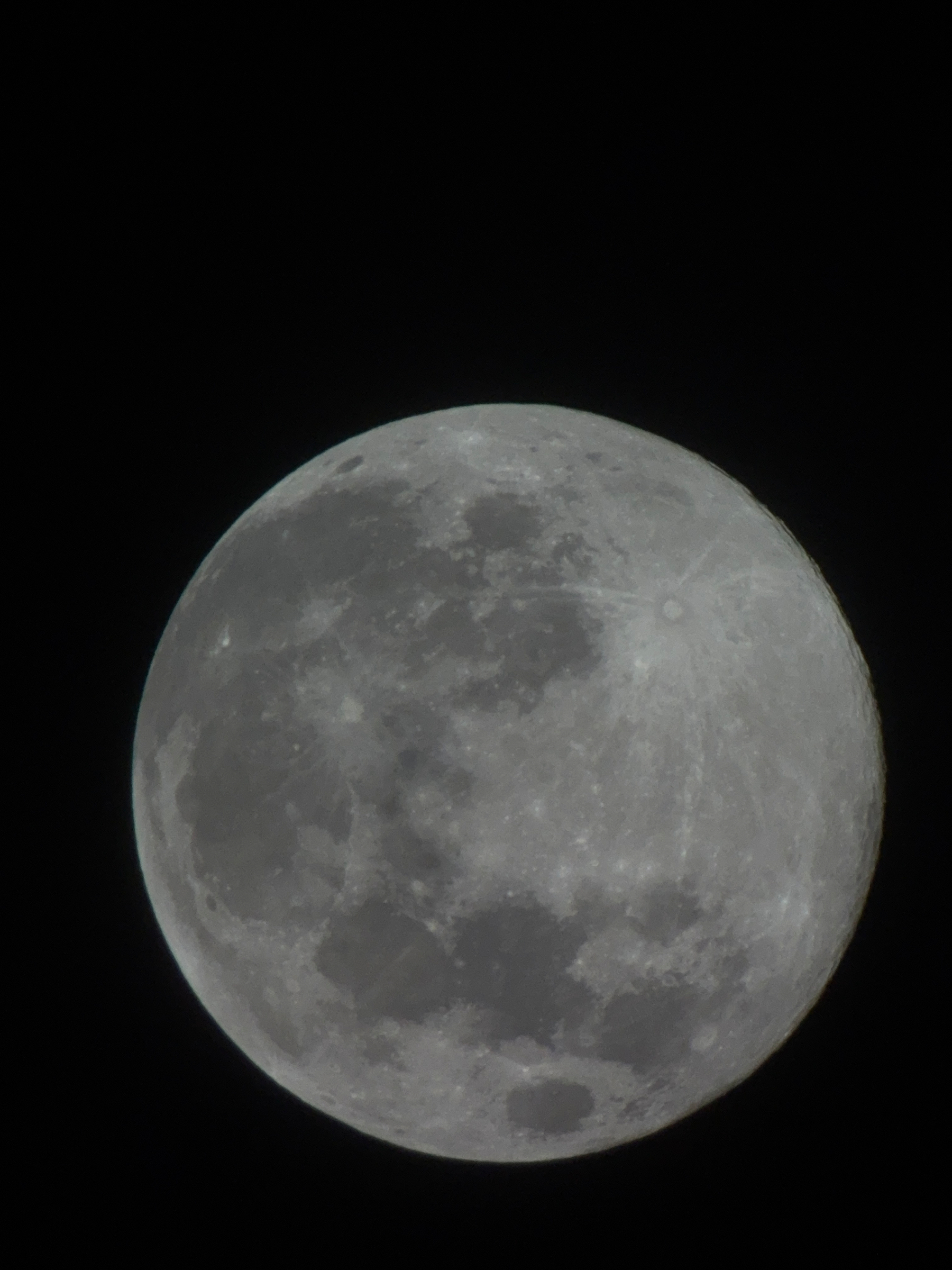
This house could turn the world on with a smile. #MaryTylerMoore #Minneapolis

A Delta day!

“How do you spell ‘sugar’? Suppose Alice spells it p-q-z-z-f and Genevieve spells it s-h-u-g-e-r. Both are wrong, but is there any doubt that Alice is wronger than Genevieve? For that matter, I think it is possible to argue that Genevieve’s spelling is superior to the ‘right’ one. Or suppose you spell ‘sugar’: s-u-c-r-o-s-e, or C₁₂H₂₂O₁₁. Strictly speaking, you are wrong each time, but you’re displaying a certain knowledge of the subject beyond conventional spelling.” - Isaac Amisov
Back after a bit of a hiatus. I’m trying to find corners of the internet that are real with meaningful content posted by real people that is thought provoking, interesting, and not fed by corporations and controlled by algorithms. Any suggestions are welcome.
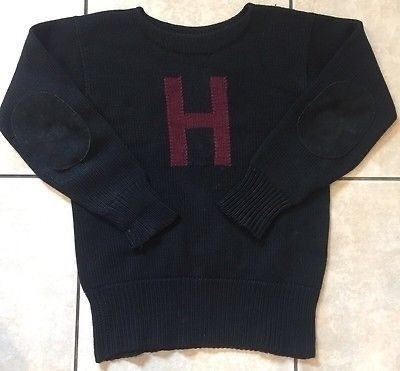
As an alum, I vote that H simply leaves Cambridge. The President and Fellows should make the Yard into a not-for-profit museum of higher education, sell off the rest, and move their operations to Canada or the UK, while operating satellite campuses around the world. Nothing says checkmate like F.U!
When you read through the litany, the stuff today almost seems worse. https://www.archives.gov/founding-docs/declaration-transcript
This is not economics. It is egonomics.
Winning. All this winning.
Madonna (1910) Artist: Voldēmars Matvejs (1877-1914)
Latvian National Museum of Art 2025

Elbows up, Canada! 🇨🇦 Vive La Canada!
If you used Facebook (or any Meta product: Instagram, WhatsApp, Threads) today, you are part of the problem.
If you bought from Amazon (or Whole Foods or read the Washington Post) today, you are part of the problem.
If you drove a Tesla today, you are part of the problem.
Actions have consequences.
Not my photo, but a marvelous capture by photographer Mervyn Sequiera, the image says it all.
Go loonie, go!

AirBaltic may be my new favourite airline.
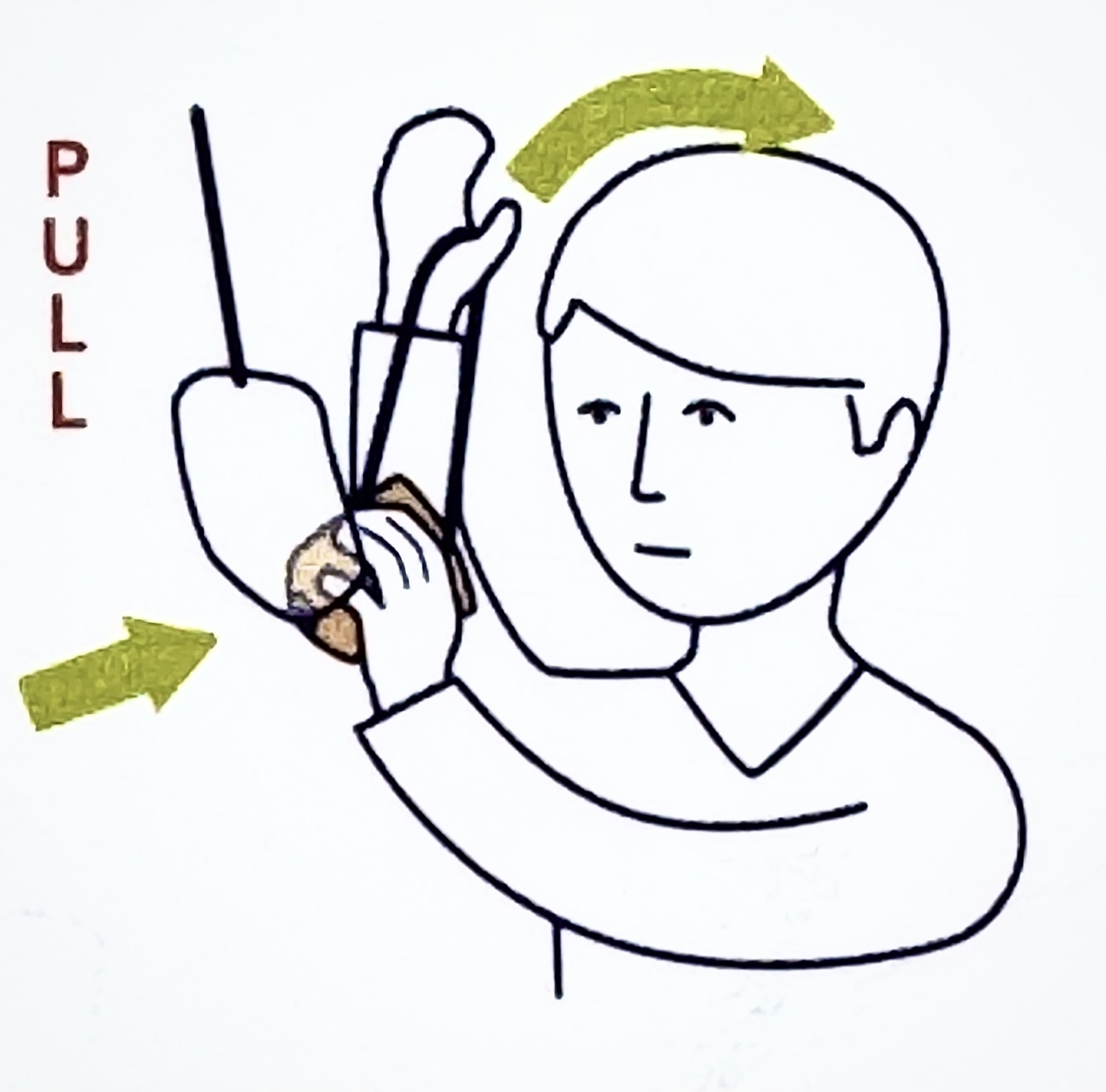
Stacks and stacks of stools! #RTU #Riga

Orange things.
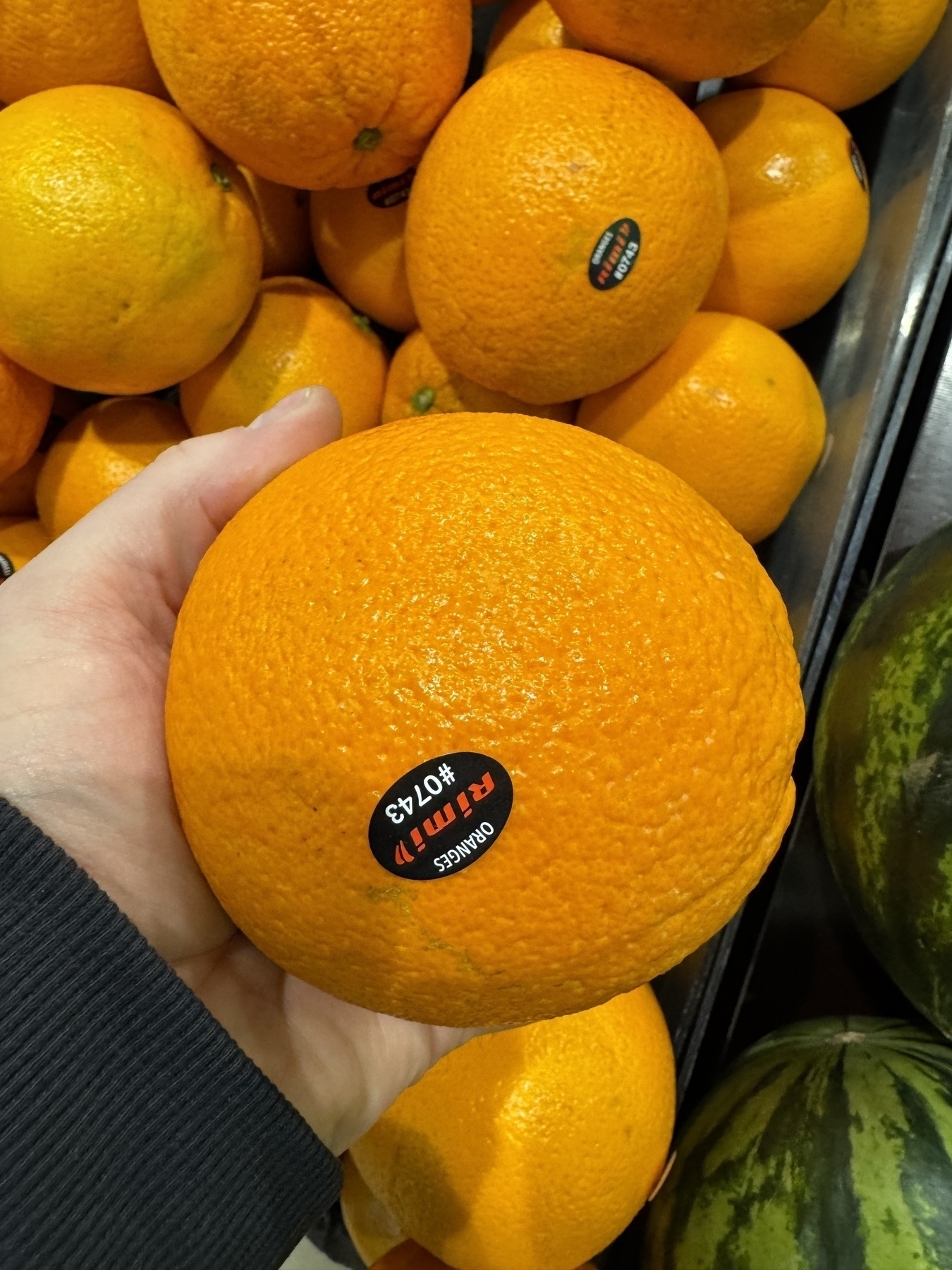
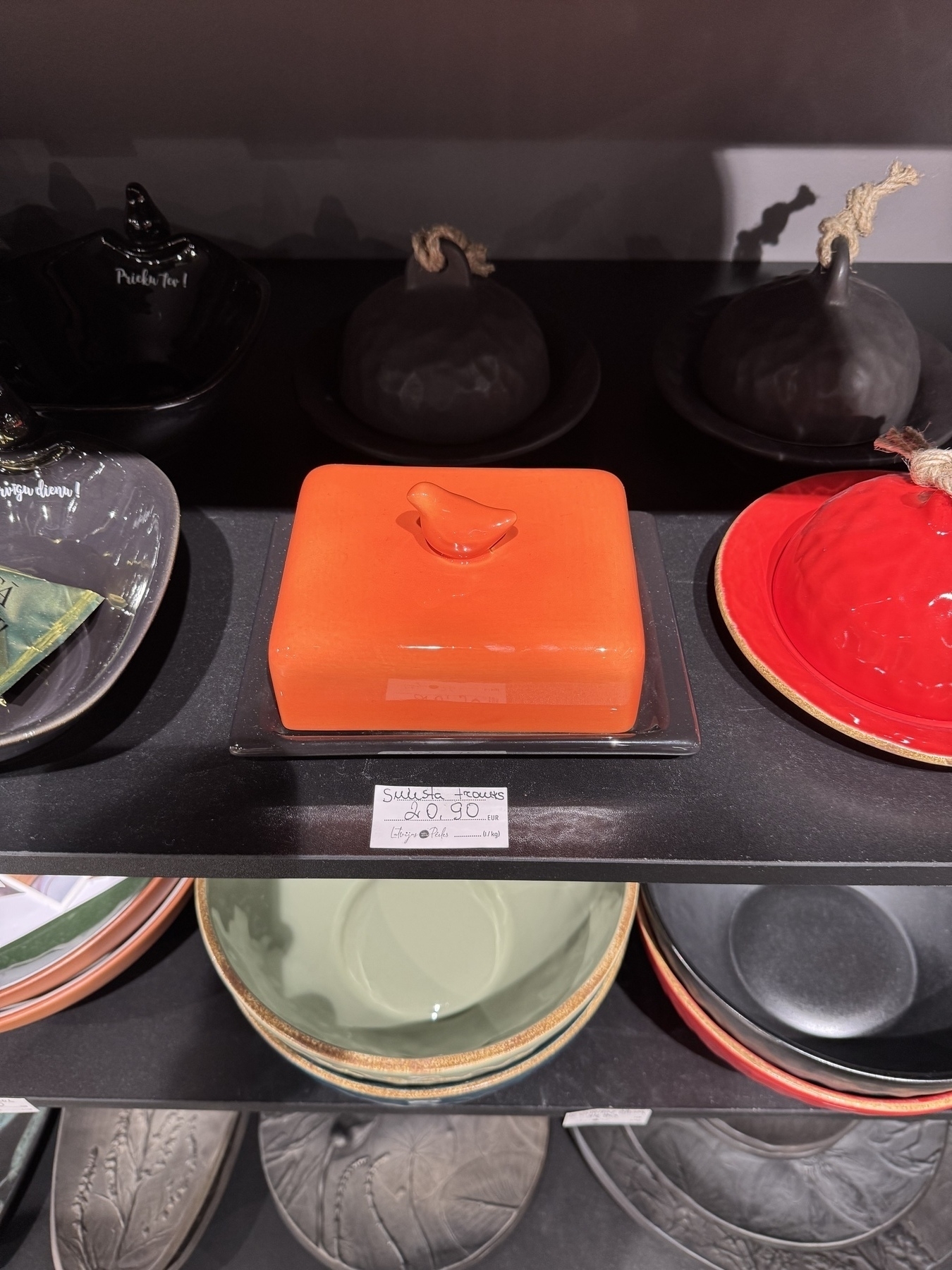

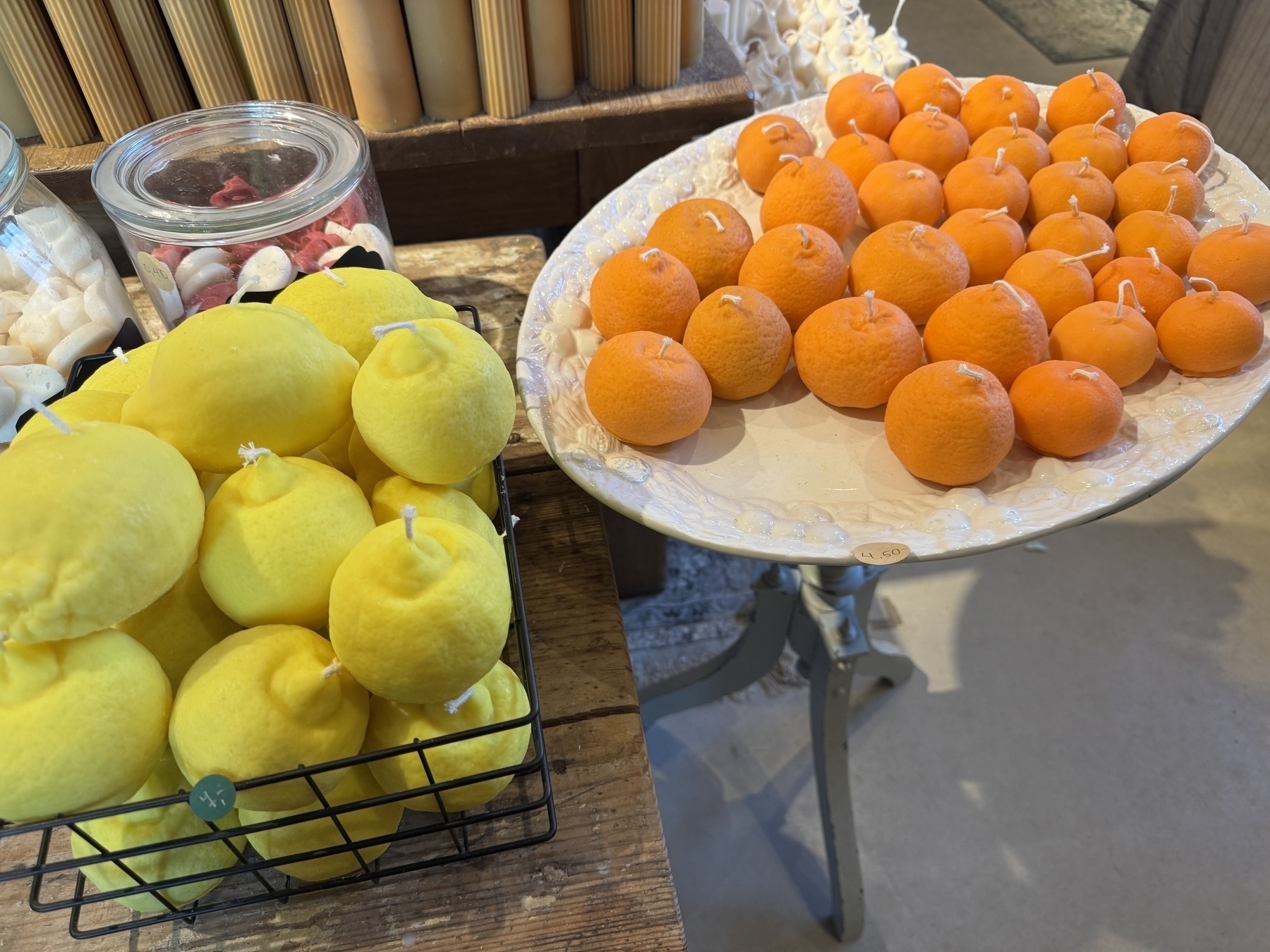
If you haven’t read it, now would be a good time to get a copy.
We’re just starting Chapter 7. Literally.
Get ready.

I keep thinking back to the time just before and at the very beginning of the coronavirus pandemic.
The November before the pandemic, I was at a horrible conference in New Orleans. I took a walk on the Friday morning of the conference to escape the insufferable architecture professors there with me. I wound up at a cafe near the new convention center, a small local joint known for its omelettes. While I was eating, a very small, cheery, heavy set woman in a blue t-shirt came in and very sheepishly raised her voice a bit to get everyone’s attention. She awkwardly explained in somewhat broken English that in celebration of international influenza awareness day, the Mexican Consulate (conveniently located right next door) was offering free flu shots to anyone who would like one.
The room fell silent, and some guy in a red hat (no joke) said loudly “The last place I’d go to get a shot is the dirty fucking Mexican embassy.” A bunch of people in the cafe laughed. I stood up in the awkward silence and in my very best booming teacher voice turned to the woman and said, “Gracias, Senora. Tu amilibidad es infinita.” She smiled. Then I turned to the red hat and said in a more booming voice, “You’re a fucking idiot. You realize that these folks are in OUR country handing out vaccinations to OUR citizens because OUR government doesn’t do it. I guess that’s one thing that makes your version of America so fucking great. You should be ashamed of yourself.”
I could tell, the red hat was flabbergasted. Literally, his mouth was agape. I left and walked next door for the first flu shot of my life. I chatted with the lady in the blue t-shirt for a long time, and she shared some very sad stories about being a Mexican consul worker in the United States. Amazing how, despite how hostilely this country treats folks from Mexico that they are willing to look after American citizens with kindness.
A few months later, during the pandemic, I took a walk to my local grocery store. News reports from across the country were showing empty shelves and shortages of nearly everything. I was shocked to walk in and find the shop on the corner full to the brim. Oddly, the store wasn’t stocked with the usual American brands, but Canadian groceries, some with the French side facing out. It was a funny, but very welcome sight. I packed up a car load of groceries and said a silent prayer on the way home for our proximity to the Canadian border, and the willingness of our Canadian neighbours to share.
Not everyone who isn’t American is an enemy. It will take some time for the Red Hats to realize that. Once they do, the damage will be done, and I fear it will be too late.
It all reminds me of my favorite t-shirt: Karma Is Real.
Truly, a perfect winter evening.


When I was an undergrad, my design instructor showed this film. I thought it was very thought-provoking then. I showed it to generations of my own students, and I still think it’s thought-provoking, but perhaps for different reasons.
Nighttime tree.

Any electrical engineers or electronics people out there? I was on the treadmill last week, running at 15km/hr and the treadmill stopped dead. Turns outt the little built-in fuse/GFCI blew and the machine stopped. After a thorough inspection and clean out I determined that static electricity was the cause. So, I grounded the machine and started wearing difference shoes but I’m still spooked to run too fast. Any way to jump the fuse/GFCI? It’s not a super powerful motor or a super nice tread so if it gets fried eventually, I’m ok with that. I’m more ok with that than getting thrown off the tread again. Any advice?
Some people—especially those who identify as leftist, progressive, or just plain “democrat”—are afraid. They fear a President Trump ripe with retribution, carefully plotting against his enemies. They imagine the worst and hope for the best. They draw lines between the dawn of the Third Reich and what is occurring in America right now. The Jews in 1938 never believed that the worst would happen, yet it did. Surely, history repeats itself and will again. For these believers, we have spun into some kind of Man in the High Tower alternative reality in which America is no longer a force for good, but a scary dystopian state run by a wannabe dictator.
Last year, my Romanian manicurist, Nicoleta, made an observation. She said to me, “I know what it’s like when a country falls apart. I know the warning signs. I lived through it. Twice.” She watched first as her country, once part of the Warsaw Pact countries behind the iron curtain, fell apart alongside the Soviet Union. A failed country mired by a failed ideology. Since the dissolution of the Soviet Union, the fortunes for Romania have been erratic. A sharp shift toward democracy was too much for the country to handle in too short a time. The economic engine gave out. Years later, the Romanian economy was one of the strongest in Eastern Europe. However, the intervening twenty-ish years weren’t pretty and for the average Romanian was not an easy period.
Nicoleta’s warning kept echoing in my head, “It’s easy for a country to know what they don’t want. It much more difficult to for a country to know what they do want and how to make that happen.” In Romania, they knew they didn’t want Socialism or Communism, but they didn’t quite know what they wanted, and it took nearly thirty years to get back on the horse and figure it out. Thirty years is a very long time.
We’ve seen it before. In the USSR, the economy gave way, and so too did the political structure. Soviet society knew what it didn’t want, but is still grappling with what it wants to become. Britain thought it no longer wanted to be part of the EU, but it didn’t know what it wanted in place of that. The myriad things promised: a burgeoning NHS bolstered by the transfer payments being invested into the NHS rather than going to the EU, a sudden uptick in foreign investment, the ability to negotiate free trade with the United States, Canada, and other countries, control over its own borders. None of it ever materialized and the British government fell into a chronic state while the economy floundered. Britain’s hard-fought position on the world stage continues to diminish with every passing day, and Britain still isn’t sure exactly why they opted out of the EU.
Few countries share a cohesive vision amongst citizens. The small ones can and do, because these countries—Denmark, Estonia, The Netherlands— effectively are nation states. One or a few big cities and a picturesque rural country or a few colonies that follows the lead of its capital city. Those countries can set policy easily and follow a course more simply that a country that has become too big, too diverse, too ill-informed, and too complex to govern effectively.
Trump ran on that platform: slash and burn. He did an outstanding job of it. Now, he has to deliver the impossible: building the “Great America” he promised. Changing the narrative will not be easy. He could do this by acknowledging that as Americans, we don’t really want equality or the government telling us what our rights are. We really don’t care much about the rest of the world. We don’t want people coming here from countries we’ve never been. We know we want a male country and not a female one. We want to buck up and make it work and we don’t want a bunch of mushy pussies, though that’s what most of us have groomed the subsequent generation of kids to be; emotionally defective, dependent and dysfunctional failures to launch living in their parents basements.
Trump could (and should) start a reconciliation commission: getting disparate people to come together, to work together, to build trust and understanding. He won’t. Instead, it’s likely that he will continue to threaten… because threatened people, scared people, are compliant. They don’t want to offend or rock the boat. The first post-election SNL cold open parodied exactly that: all the people that poked fun of Trump are now scared shitless. That fear translates into power. The East Germans feared their government, and the Soviets feared theirs. Burmese and Hong Kong Chinese fear their government now. Fear and complacency are not good bedfellows. Countries where the voice of the people, collectively and from disparate ends of the political and socio-economic spectrum, united to speak for a common goal have prospered. This happened in Poland led by the Solidarity movement, and in India during the fight for independence, and in Chile during the Plebiscite. People have power. They also have a choice.
Lots of my more liberal friends are worried, particularly about Project 2025. None have read it. I’ve been told it is the new Mein Kampf, and a plan to do away with the constitution. It’s not, it’s a manifesto for the conservative right that the left would be wise to read. The left, in my lifetime, hasn’t published a manifesto of any kind. The conservatives have published at least three that I can remember. The democrats need to understand that poking the bear and saying the opposite of whatever our republican friends are saying isn’t a political strategy, it’s a recipe for failure. It’s why the democrats have lost three slam dunk elections out of the past four and have completely lost control of the Supreme Court for the foreseeable future. Listening to Nancy and Chuck bitch about bullshit does not a good plan make.
Undoubtedly, the political pendulum in America has swung, and perhaps with good reason. A lot of what we’ve been doing isn’t working, it doesn’t make rational sense, and is certainly not sustainable over the long haul. Abortion for example, isn’t a democratic cause. Abortion isn’t about women’s rights. It’s also about men’s rights. Children’s rights. Doctor’s rights. The rights of those to believe in the religion they choose. All those other folks, too commonly, get glossed over and good democrats tow the party line: abortion is great! Abortion isn’t great. It’s sad, scary, traumatic and nuanced. Each and every reason for having or not having an abortion is fraught with circumstances, choices, and things that the government has no business regulating or worrying about. Democrats lost that battle and need to move on, because it’s polarizing and is turning off more people than it is winning over.
Similarly, we’re paying for wars and pandemics that weren’t of our making, we’re bailing out places that aren’t our home. We’re helping others before we help ourselves. That kind of messiness leads to a voiceless frustration, which now, has a voice. That voice is angry. Angry is never good.
I’ve said for years, it doesn’t matter if you vote republican or democrat any more than it matters if you root for the Patriots or the Dolphins. All the players are employed by the NFL. The only loser in the equation is the fans. Our political arena has turned into a spectator sport. To my democratic friends I remind you, Trump is not the master of our destiny and to my republican friends, I remind you that he is not the answer to our problems.
We have a choice to listen and to ameliorate and to collaborate to stop being observers and start being participants. This greater and more brazen political space to speak your mind, also means we will either have to gain a larger ear to listen or the outcome will simply mean more boil overs, more confrontation, and more violence. When we bump up against that, we need to stop and reverse course. We need to listen to understand and collaborate more. Violence and infighting will lead to greater instability, misogyny, racism, and hostilities none of those make America great. Moreover, that kind of behavior gives the government—and Trump—an excuse to exercise increasingly greater, swifter, and broader enforcement, which will look like a police state, precisely because it will be a police state. We owe it to ourselves to defend the principles on which this country was founded, and to do so in a respectful, patient, and productive manner.